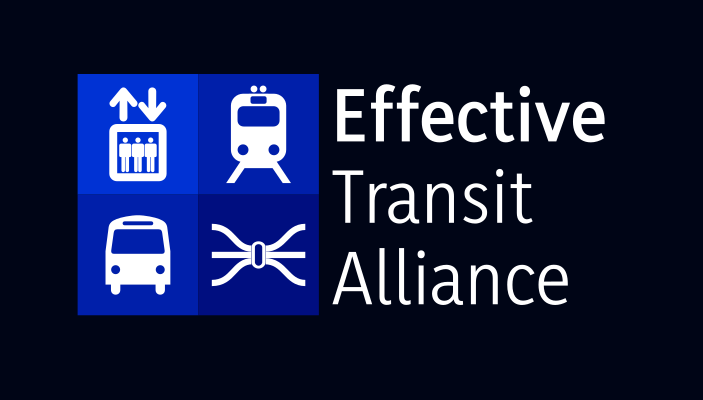Can Andy Byford Bring Through-Running to Penn Station?
Andy Byford has been selected to take control of Penn Station Reconstruction [1].
Andy Byford—the former head of New York City Transit who oversaw a major slate of subway and bus improvements—has been selected by Amtrak to take over the reconstruction of Penn Station. As his past time in New York shows, Byford is a transit expert of the first tier who knows what needs to be done. That said, there are a lot of unanswered questions now that the federal government has assumed control over the rebuilding of Penn Station from New York State. It is unclear if his leadership will be enough to resolve the longstanding challenges of Penn Station and the region’s rail network.
The future of Penn Station lies not in massive, unnecessary expansion, but instead with through-running. Through-running would not only allow New York to make the most of the infrastructure it already has, it would also open up a whole new realm of fast, regional travel. This is why cities across the world are spending billions on building their own through-run commuter rail systems, like London’s massively successful Elizabeth Line. Luckily, Byford understands the importance of through-running. Indeed, when he was in charge of Transport for London, he oversaw the completion of the Elizabeth Line, an achievement he called “the highlight of my career.” And just last year, he called for through-running at Penn Station, too.
If the Penn Station reconstruction program is going to be turned around, it needs to revolve around through-running. As ETA has studied in the past, the primary obstacles to through-running are not technical, but political: it requires New York and New Jersey to cooperate deeply on infrastructure planning, operations, and rolling stock acquisition. Luckily, as we discovered in our analysis, Penn Station itself is already equipped to support a full 48 trains per hour with through-running on the central tracks [2], the full capacity unlocked by the new Hudson tunnels. The only physical upgrades needed are through-running compatible electric multiple-unit trains (EMUs) and modernized interlockings. Further targeted upgrades would help ease the strain at Penn Station, but aren't critically necessary to an efficient and fully-realized use of Penn Station [3]. Elevating the experience of passing through Penn Station by reconstructing or replacing it would be welcome, but do little to improve travel times or increase ridership on its own.
It does need to be stressed that developing a fully-realized regional rail network requires billions of dollars’ worth of investment in addition to any funds spent within the Penn Station Complex in Manhattan, and it is an open question whether that funding will materialize from Washington, Trenton, Albany, and Hartford. Still, Byford understands the fundamentals of improving transit. To date, Amtrak’s plans for Penn Station have been excessive, unrealistic, and unnecessary. While it will be an uphill battle, if anyone can turn this project around and improve the situation at Penn Station, it is Andy Byford.
Footnotes
Andy Byford image courtesy of the MTA.
The southern stub-end NJT tracks and northern LIRR tracks would continue to turn trains.
For example, a platform 0 under 31st St, lengthened platforms, more vertical circulation to extended concourses, and single-level EMUs with wider doors.
Acknowledgements
ETA would like to thank the following members for contributions to this statement: Madison Feinberg, Robert Hale, Darius Jankauskas, Blair Lorenzo, Khyber Sen

